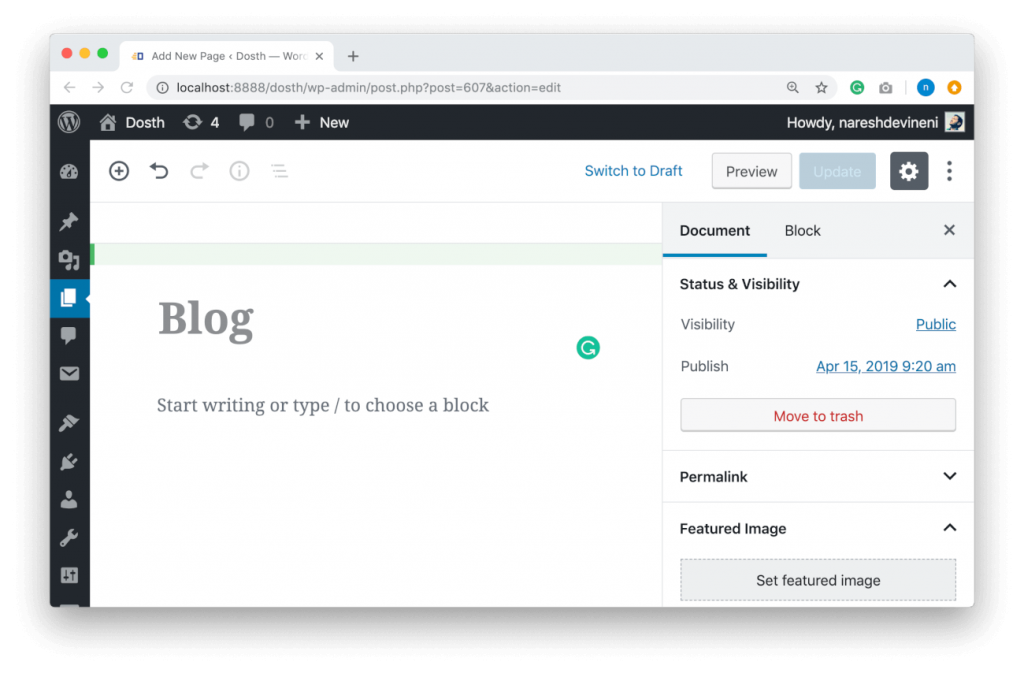
Would you like to showcase multiple blog posts within a WordPress loop? The loop in WordPress handles the processing of each post to be showcased on the current page. It formats these posts based on the criteria specified within the loop tags. In this article, we will demonstrate how to showcase a customizable number of posts within a WordPress loop.
Understanding the WordPress Loop
The WordPress loop serves as the mechanism for displaying each of your posts. It is PHP code utilized within a WordPress theme to present a list of posts on a webpage. As a pivotal part of WordPress code, it constitutes the essence of most queries.Within a WordPress loop, diverse functions operate to exhibit posts. However, developers have the liberty to customize the appearance of each post in the loop by modifying the template tags.
For instance, fundamental tags in a loop showcase the post’s title, date, and content. Additional custom tags can be incorporated to display supplementary information such as category, excerpt, custom fields, author name, and more.
Moreover, the WordPress loop empowers control over the number of blog posts displayed on each page. This feature is particularly useful when designing an author’s template, allowing precise control over the quantity of posts exhibited within each loop.With this understanding, let’s delve into incorporating any desired number of posts into a WordPress loop.
Typically, you can set the quantity of posts to be exhibited in the loop through the WordPress administrative panel. Navigate to Settings » Reading in the WordPress dashboard. By default, WordPress is configured to present 10 posts. Nevertheless, this figure can be altered using a Super Loop, providing the ability to showcase any desired number of posts within the designated WordPress loop.
This functionality affords the opportunity to tailor the presentation preferences of your pages, encompassing author profiles, sidebars, and other elements. To implement this, commence by accessing a template file where you intend to situate the posts. Subsequently, effortlessly integrate the ensuing loop.
To seamlessly integrate this code into your WordPress website, utilizing the WPCode plugin is highly recommended. WPCode stands as an exemplary code snippet plugin for WordPress, streamlining the management of custom code.
By leveraging WPCode, the need for manual editing of theme template files, which carries the risk of potential disruptions, is alleviated. The plugin automates the insertion of the specified code, ensuring a seamless implementation.
Begin by installing and activating the free WPCode plugin. Detailed instructions on plugin installation can be found in our comprehensive guide on how to install a WordPress plugin.Following activation, proceed to Code Snippets » + Add Snippet within your WordPress dashboard. Subsequently, opt for the ‘Add Your Custom Code (New Snippet)’ feature to proceed.
Following this, simply paste the custom WordPress loop code provided above into the designated ‘Code Preview’ section.
Additionally, you’ll need to assign a name to your code and set the ‘Code Type’ to ‘PHP Snippet’. Next, navigate to the ‘Insertion’ segment, allowing you to specify where the code will run.
By default, WPCode is configured to run the code across your entire WordPress website. However, you have the option to modify the location, selecting a particular page or utilizing a shortcode for code insertion. For this tutorial, we’ll proceed with the default ‘Auto Insert’ method.
Upon completion, remember to toggle the switch at the top to activate the code. Finally, click the ‘Save’ button. WPCode will then implement the code on your WordPress blog, displaying the designated number of posts in the WordPress loop.
We trust this article has provided valuable insights into showcasing any desired number of posts within a WordPress loop. You might also find our guide on excluding sticky posts from the WordPress loop and our expert recommendations for essential WordPress plugins for business websites helpful.
If you found this article useful, we encourage you to subscribe to our YouTube Channel for insightful WordPress video tutorials. Additionally, connect with us on Twitter and Facebook for the latest updates.
